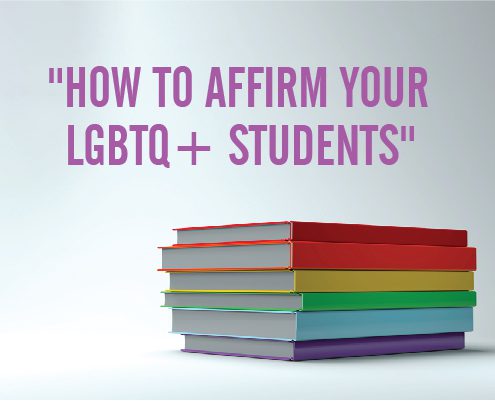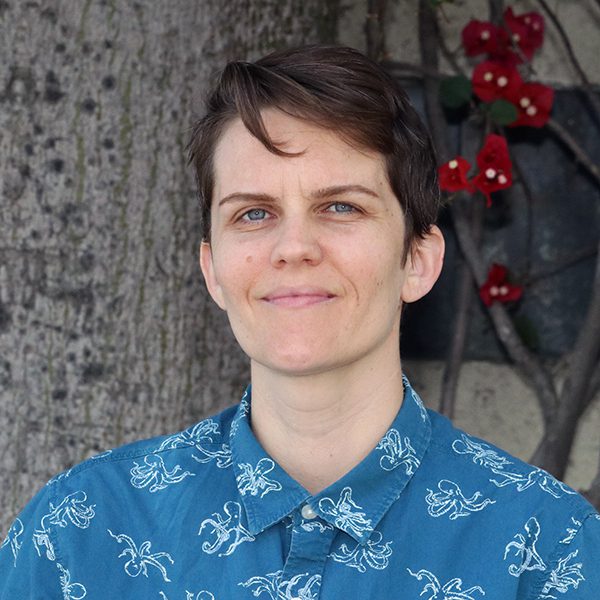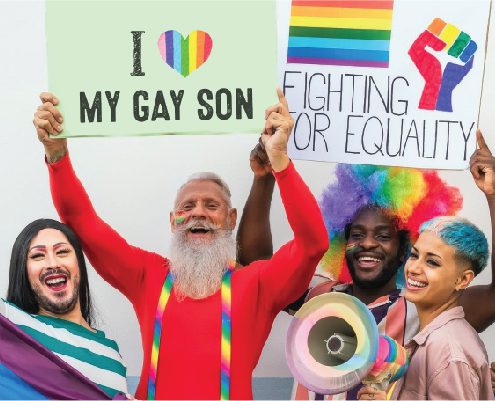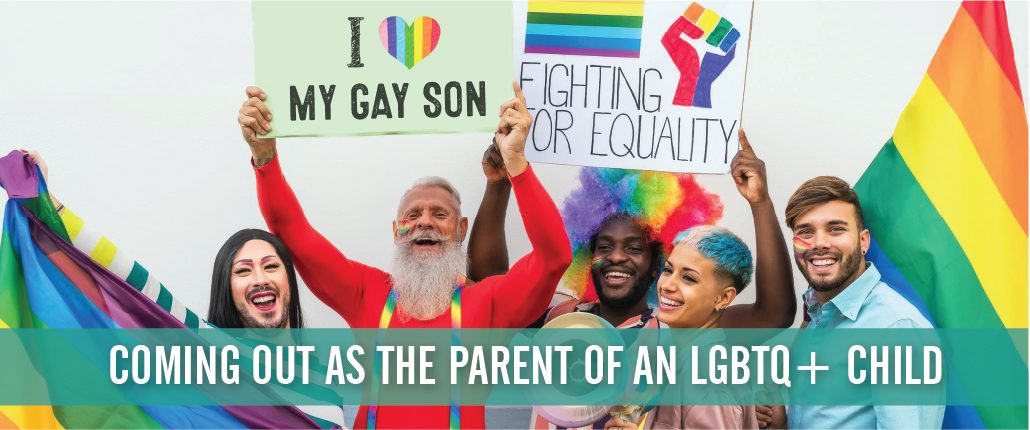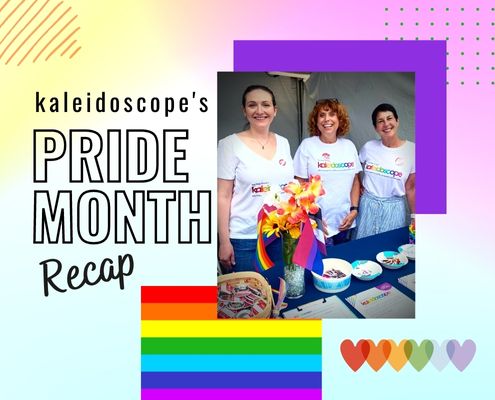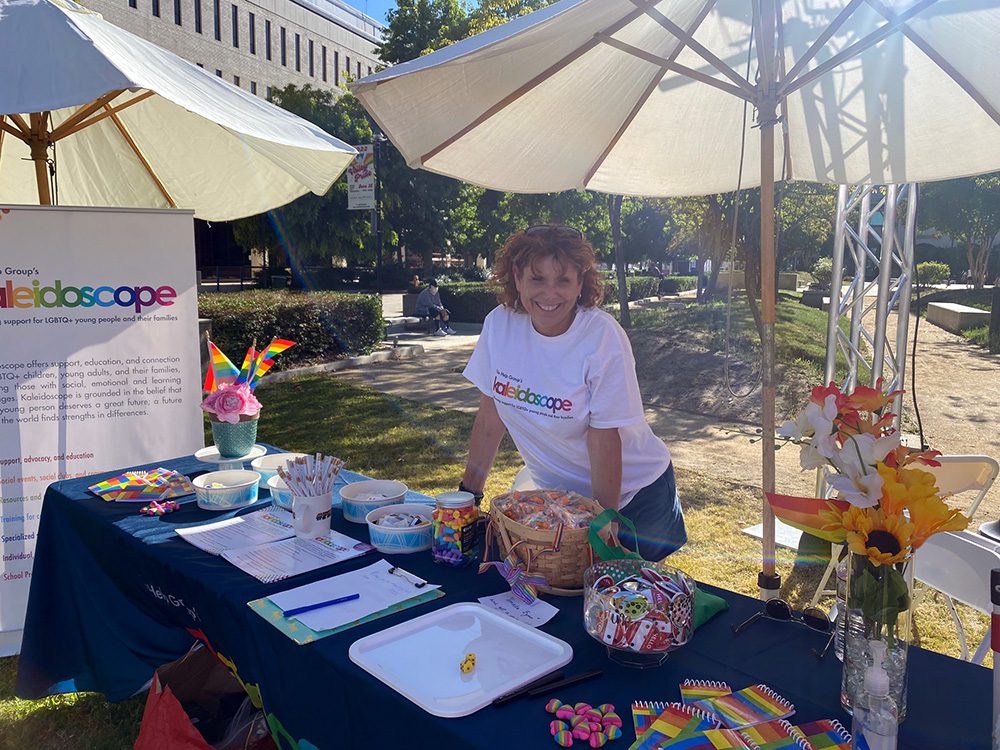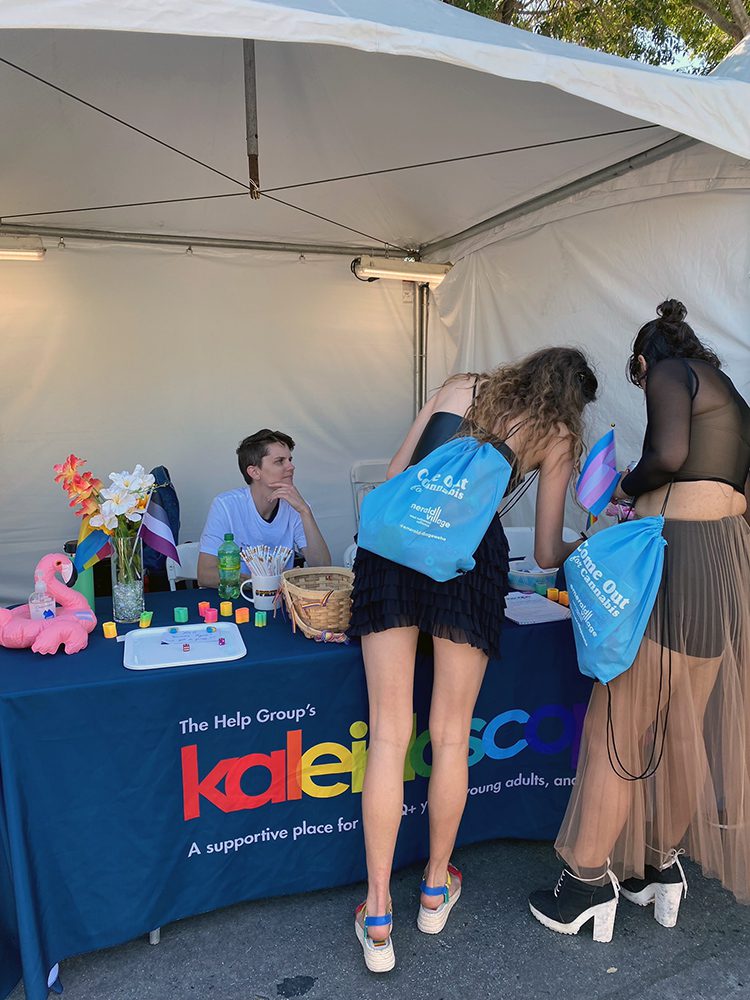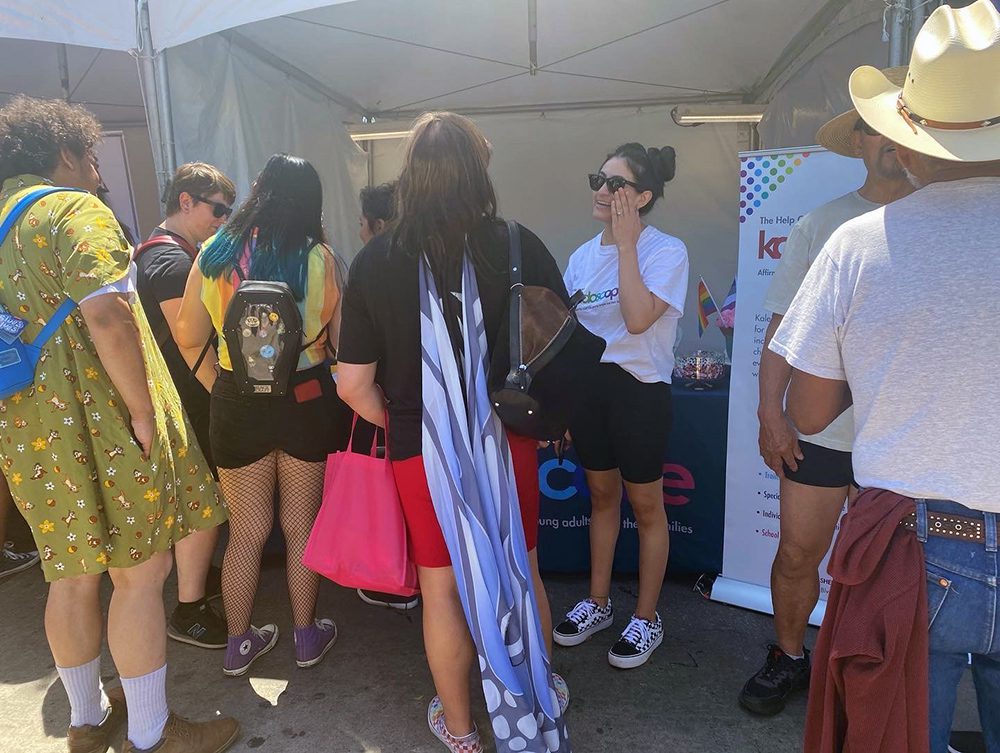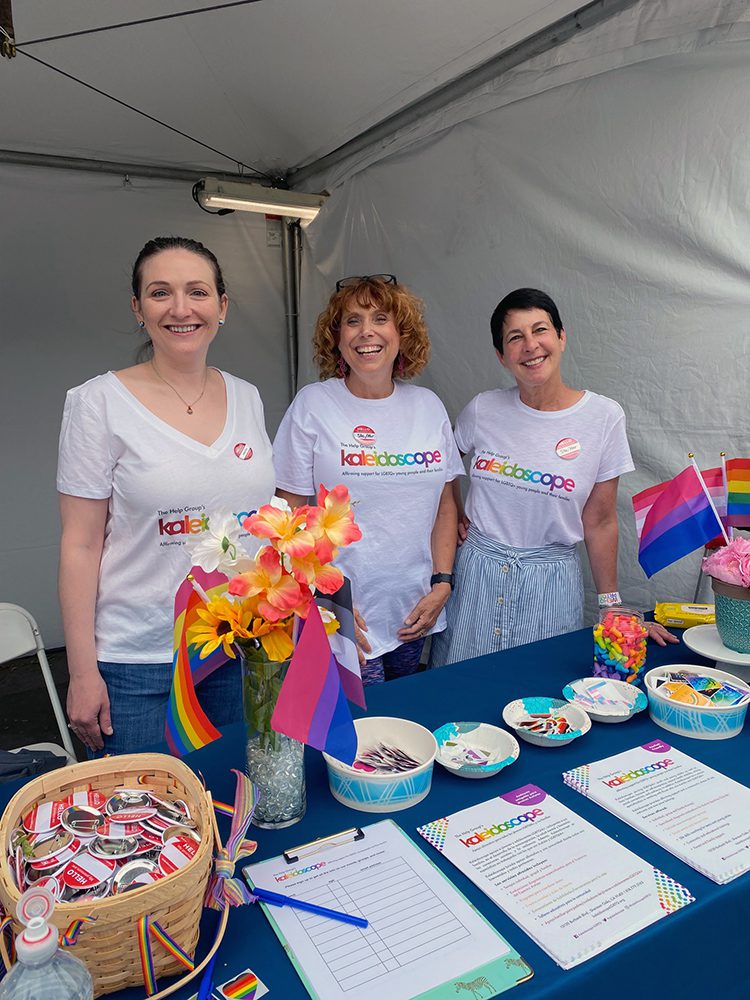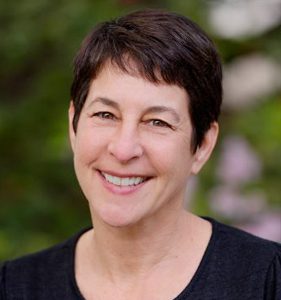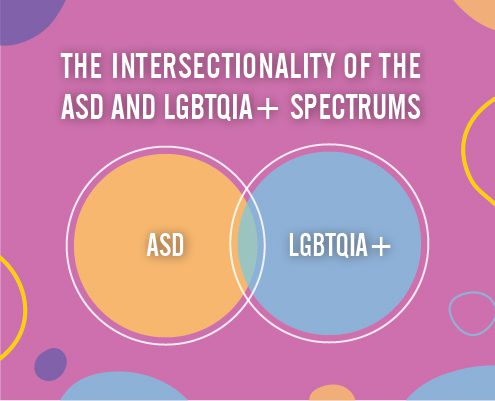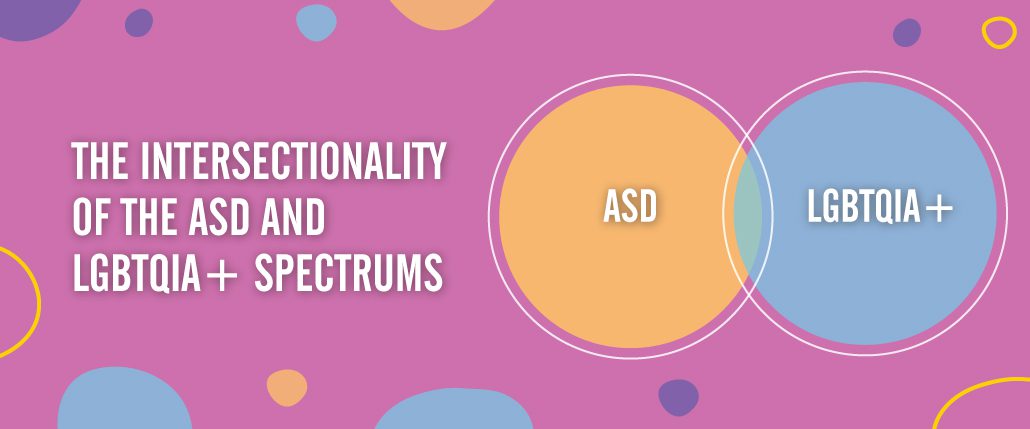How to Affirm your LGBTQ+ Students
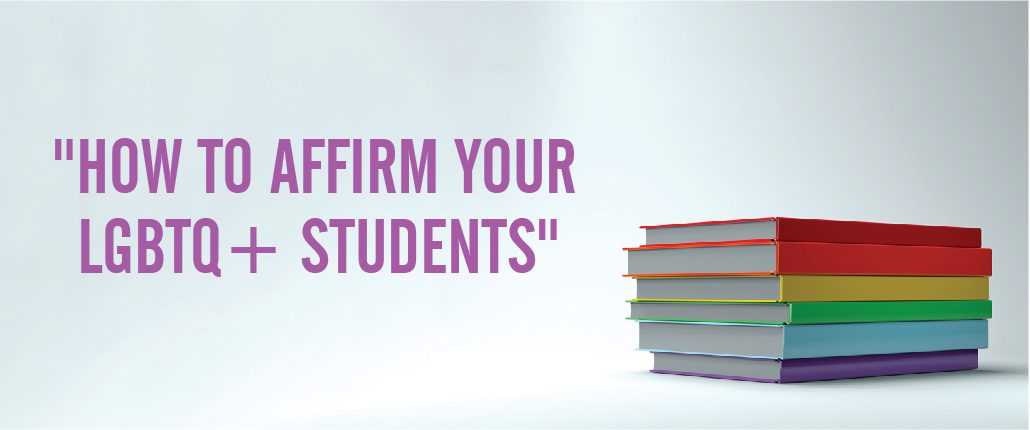
How to Affirm your LGBTQ+ Students
By Jay Baldwin
It’s back to school season, and schools across the United States are welcoming a new set of youth into their classrooms. Going back to school can cause a variety of emotions for students, and LGBTQ+ students are no exception. Many queer and transgender young people have a particular set of challenges to navigate in school settings, and teachers and school staff can make a profound difference in their LGBTQ+ students’ lives by showing them support, affirmation and acceptance. The statistics for many students in the LGBTQ+ community are staggering. The Trevor Projects’ National Survey on LGBTQ Youth Mental Health reports:
- 6 in 10 LGBT students report feeling unsafe at school because of their sexual orientation.
- LGBTQ youth are more than four times as likely to attempt suicide than their peers
It is important to emphasize that LGBTQ youth are not inherently prone to suicide risk and mental health issues because of their sexual orientation or gender identity, but are at higher risk because of how they are mistreated and stigmatized in society. (Trevor Project, 2022)
As a teacher, staff or other student support individual, here is the statistic that is most important to remember:
LGBTQ youth who report having at least one accepting adult in their lives are 40% less likely to report a suicide attempt in the past year.
Being an accepting adult could save one of your students’ lives. Here are some simple but meaningful ways that you can be an affirming and accepting adult for your students:
Create visual cues in your office/classroom that signal support for the community
Because many people in the LGBTQ+ community rely on non-verbal cues to know whether someone or somewhere is safe and accepting, small items like a rainbow flag, a safe space sticker, or a pronoun pin that says your own pronouns can signal to your students that you are going to affirm and support their identity.
Avoid gendered language
Using non gendered language is one of the simplest but most affirming ways to create an inclusive atmosphere and also avoid misgendering students. Instead of saying “boys and girls” or “ladies and gentlemen,” try “folks”, “everyone” or “friends.” Use your students’ names as opposed to referring to them with “Mr. or Ms.”
Ask students how they’d like to be referred to
Some students may use a different name or pronouns than you may first assume. One helpful tool is creating a “getting to know you” form that includes asking students what pronouns and name they’d like you to use for them at the beginning of the school year. Because some students live in homes that do not affirm their identity, make sure to ask whether or not it’s okay to use these pronouns and name when speaking with their parents or caregivers.
Keep an open mind, and be prepared to make mistakes
Do you have a student whose identity you don’t completely understand? Maybe you keep slipping up on pronouns, or feel like you don’t know the right terminology? It’s okay to make mistakes or not understand everything right away. The most important part is to keep an open mind, apologize when you make a mistake, and be committed to continually getting to know your students and the ways they want to be seen and known.
Provide statements of affirmation.
Tell your students that their identities are valuable and beautiful. In a world where LGBTQ+ people are regularly under attack, your students need this more than ever.
Wishing you all a wonderful back to school season, and here is to creating a safer and more inclusive world for all of our LGBTQ+ youth.
